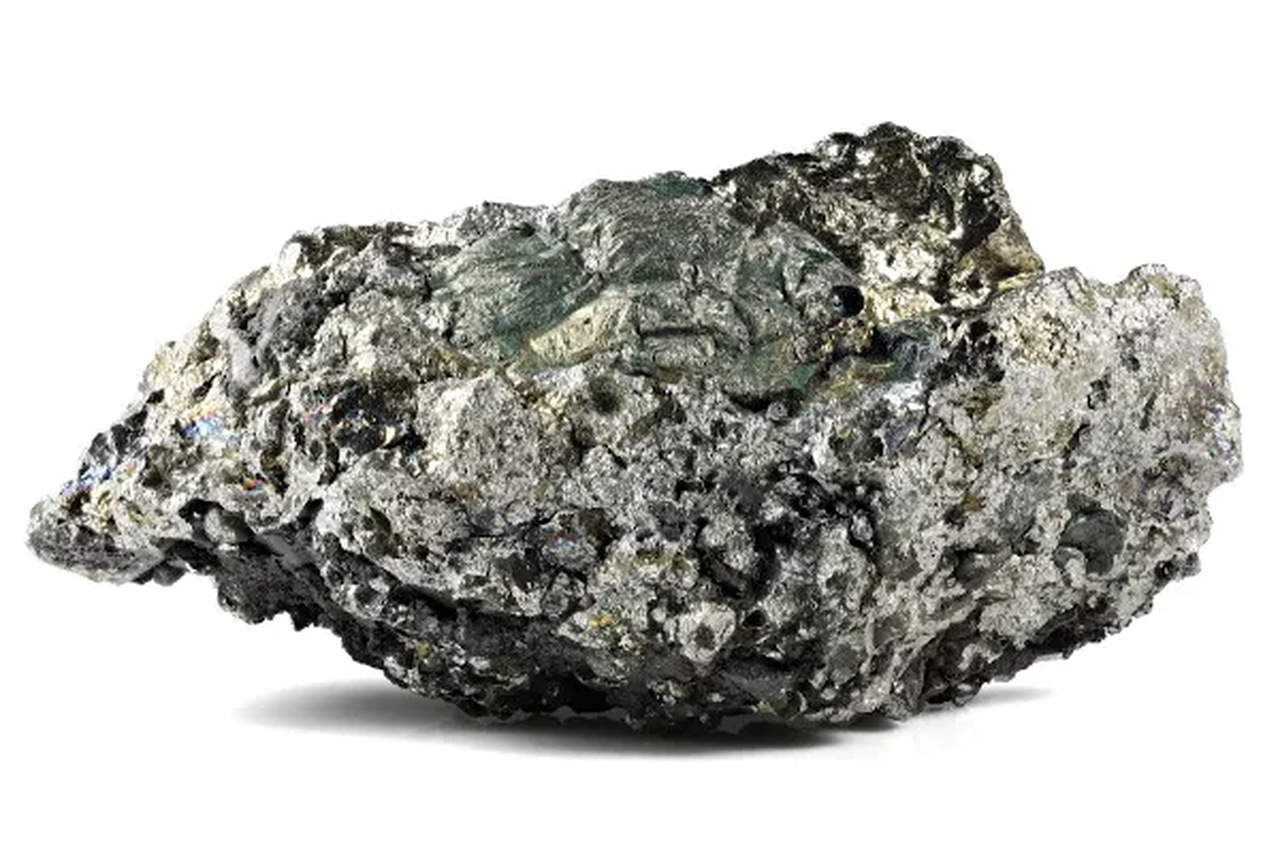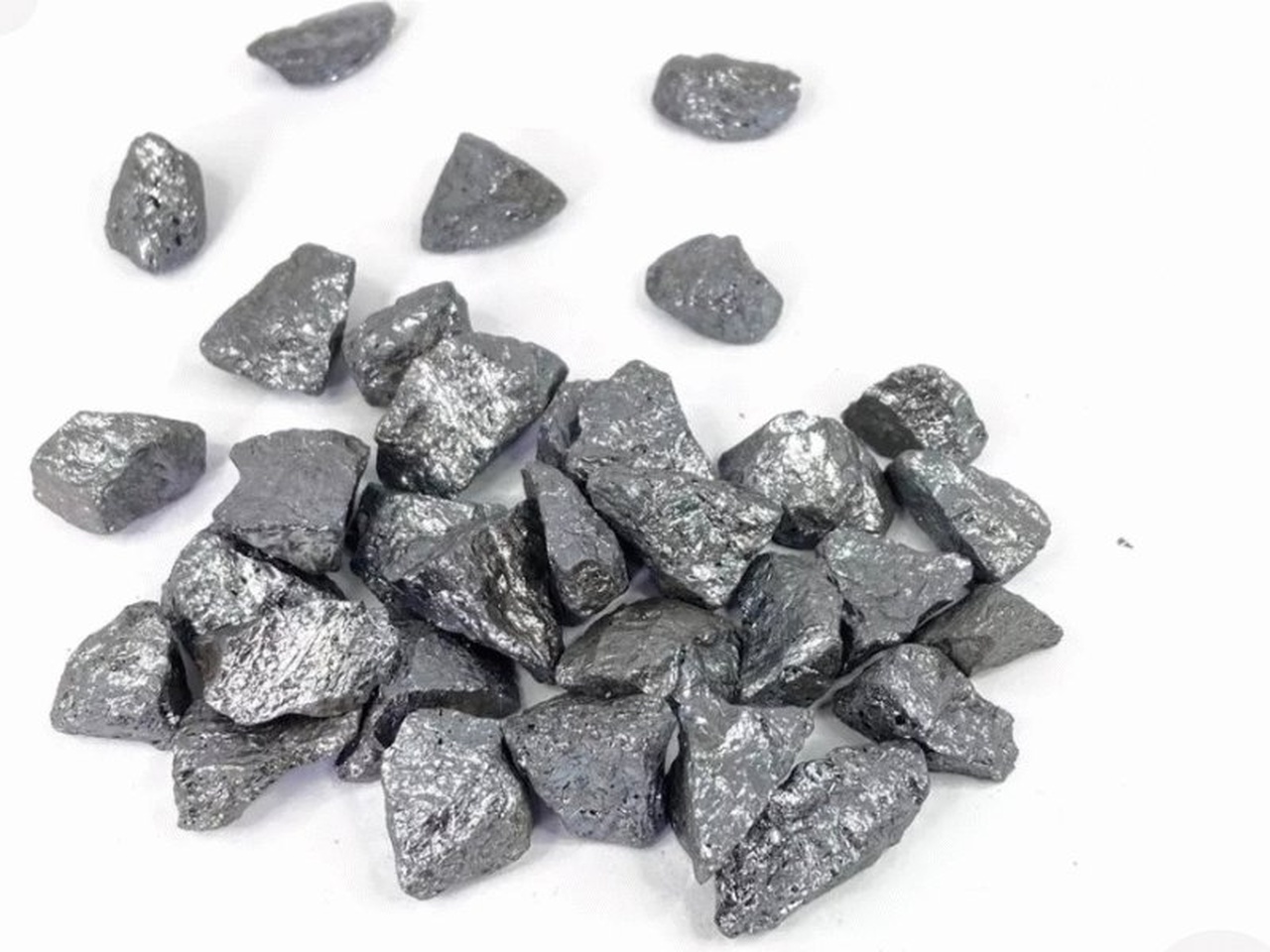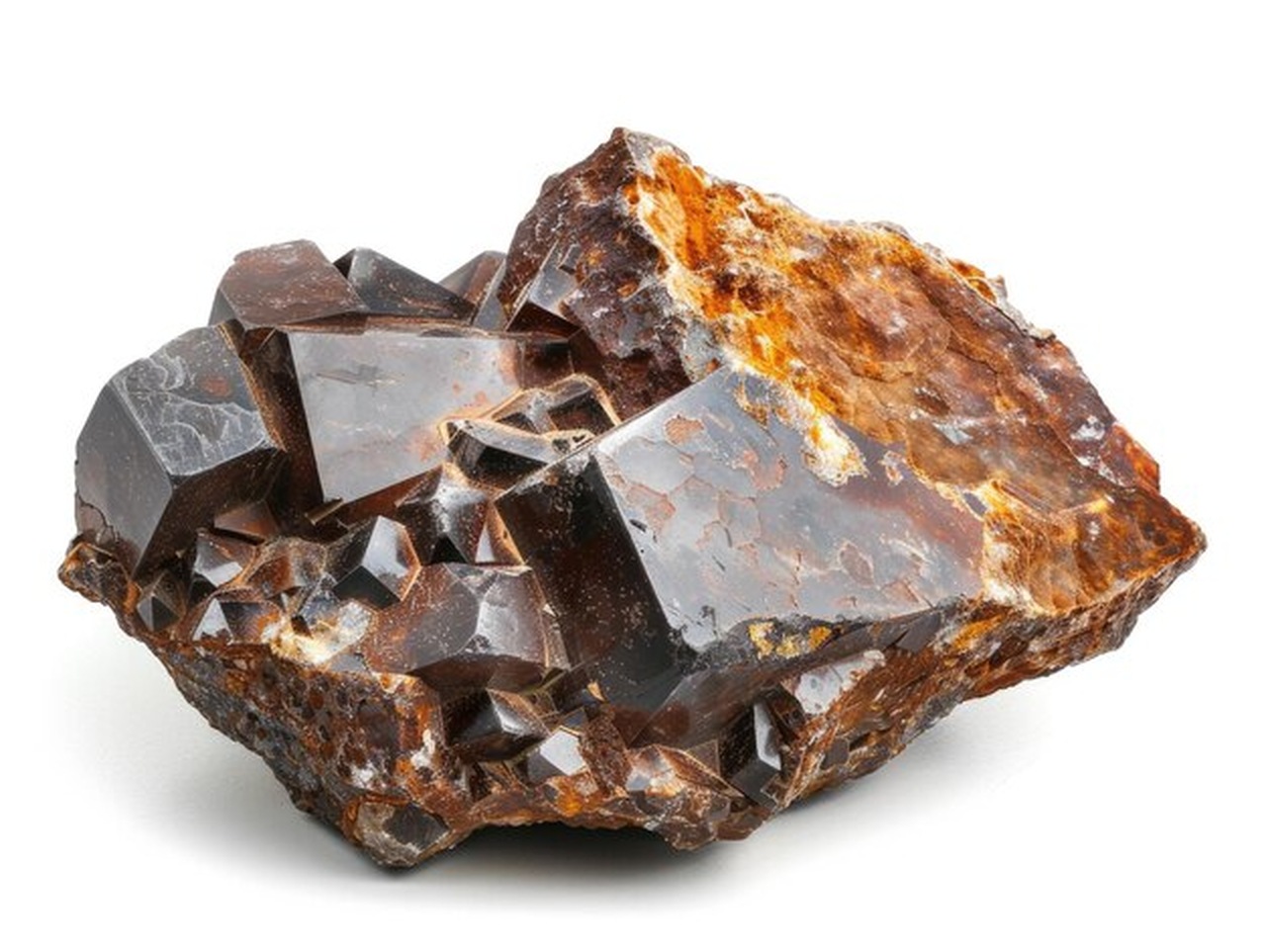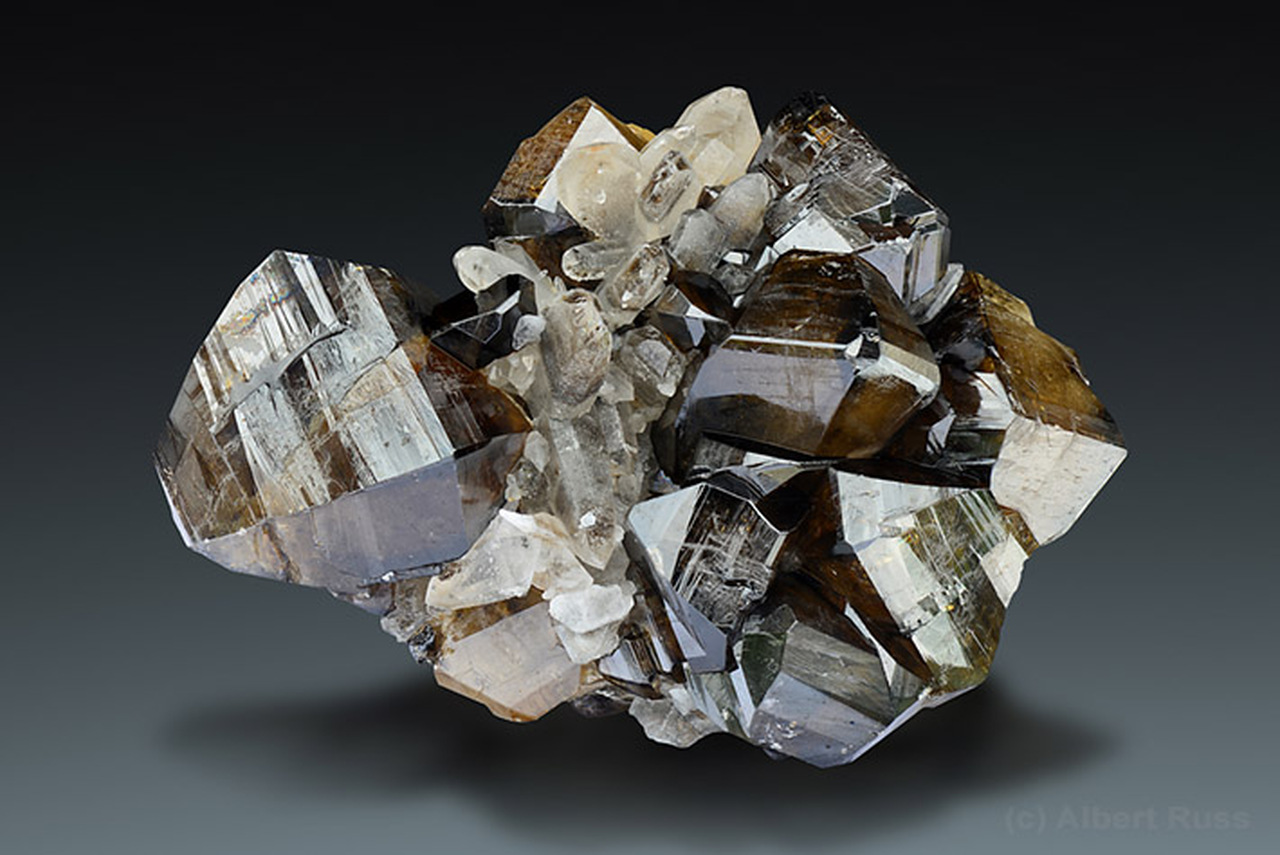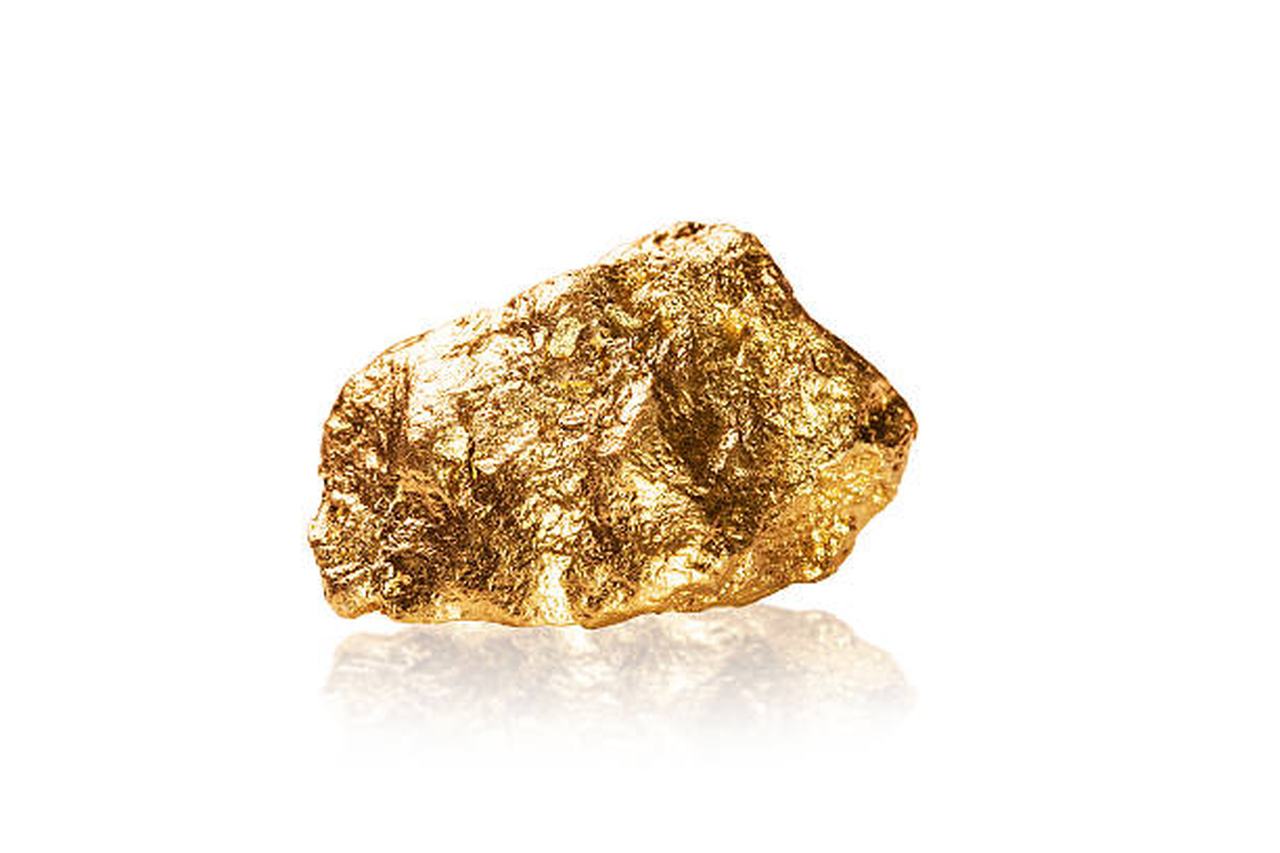Manganes
Natural processes and human activity are capable of modifying manganese compounds. Inorganic Mn (taken from rocks) is used in the manufacture of metallic alloys, especially steels, in batteries, matchsticks, glass, fireworks, in the chemical, leather and textile industries, and as a fertilizer.

